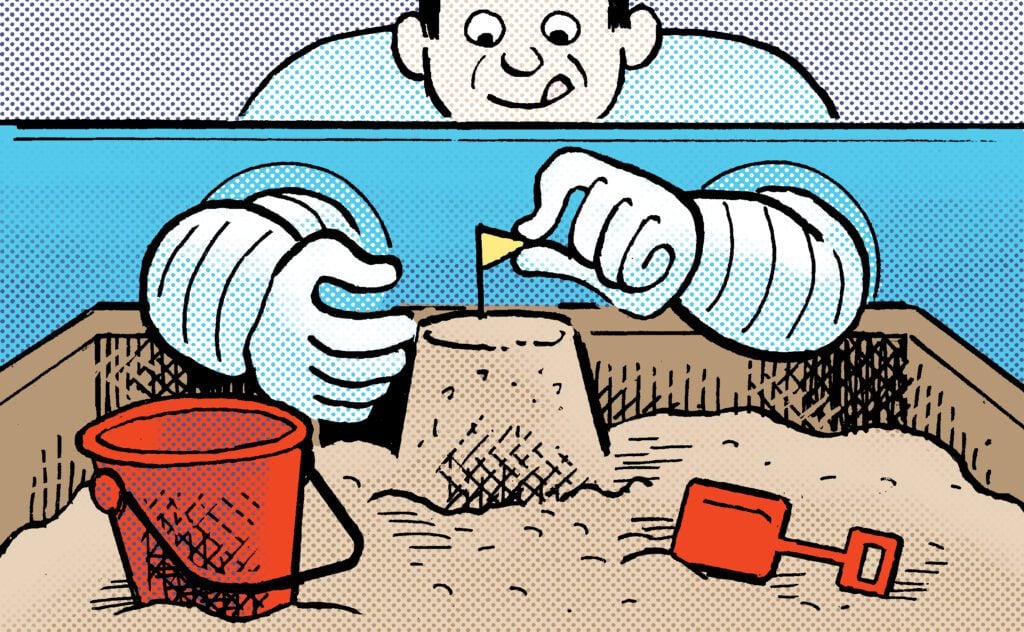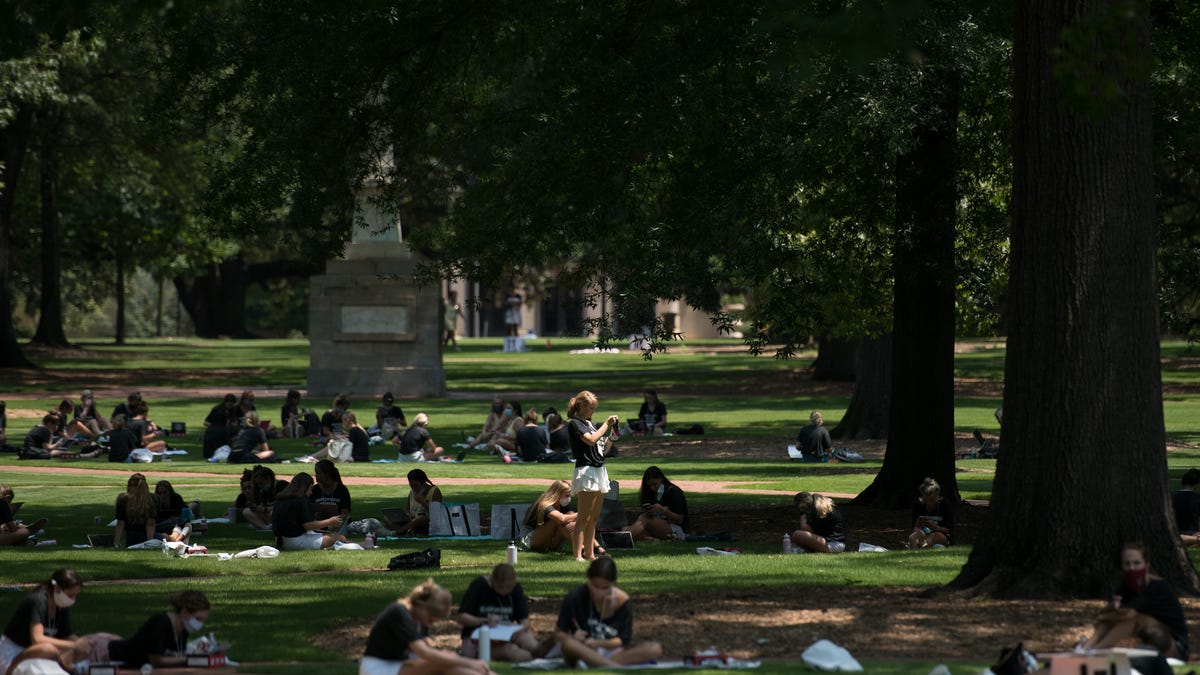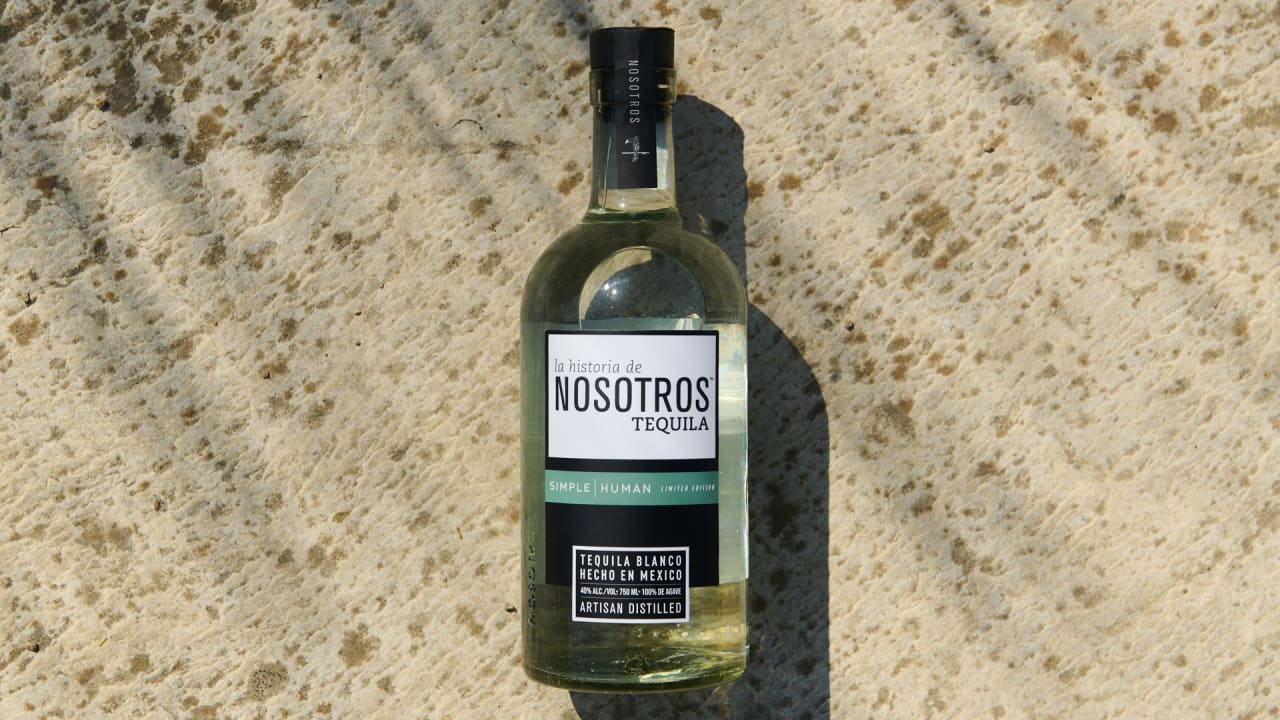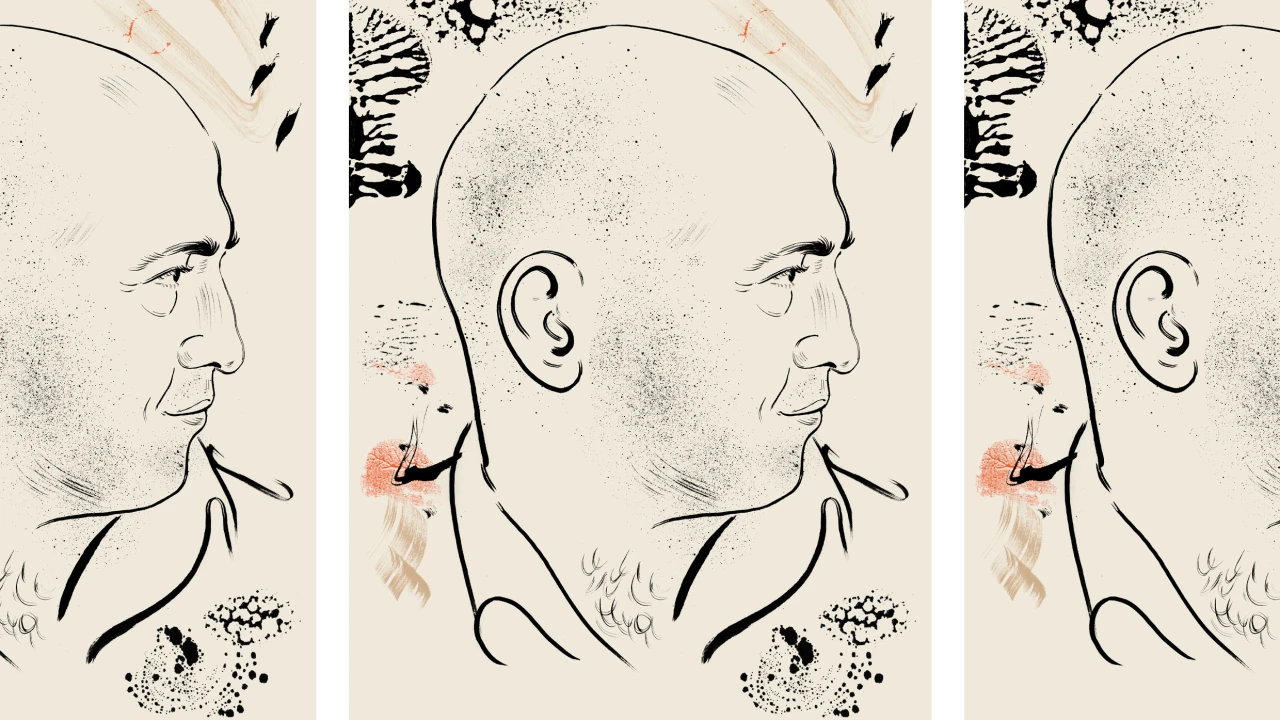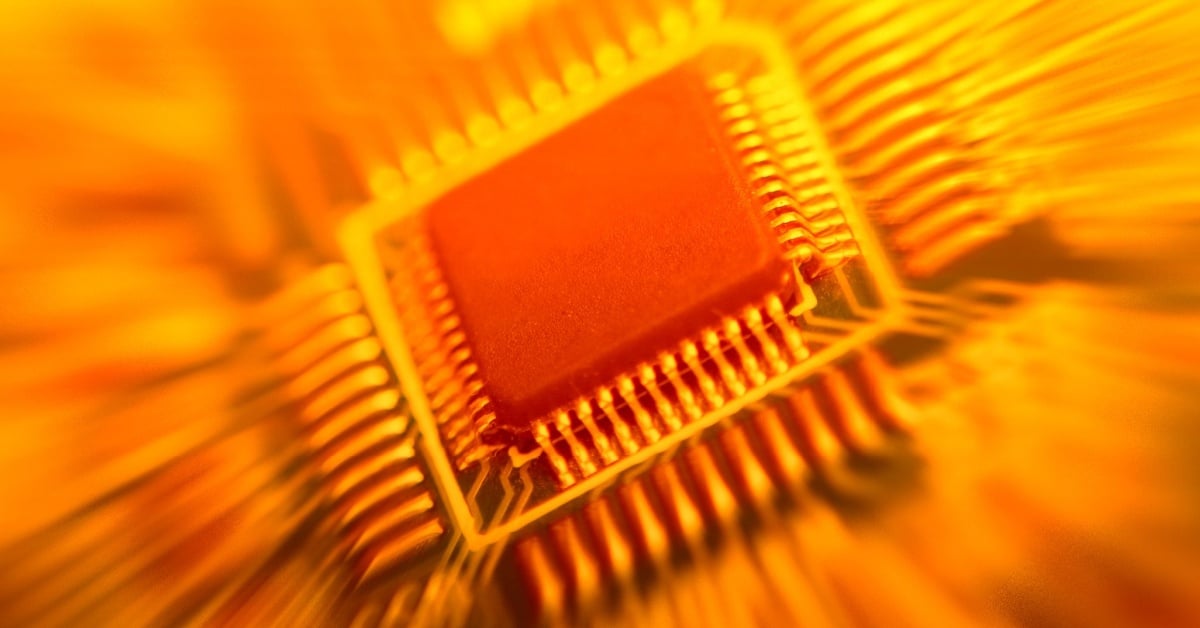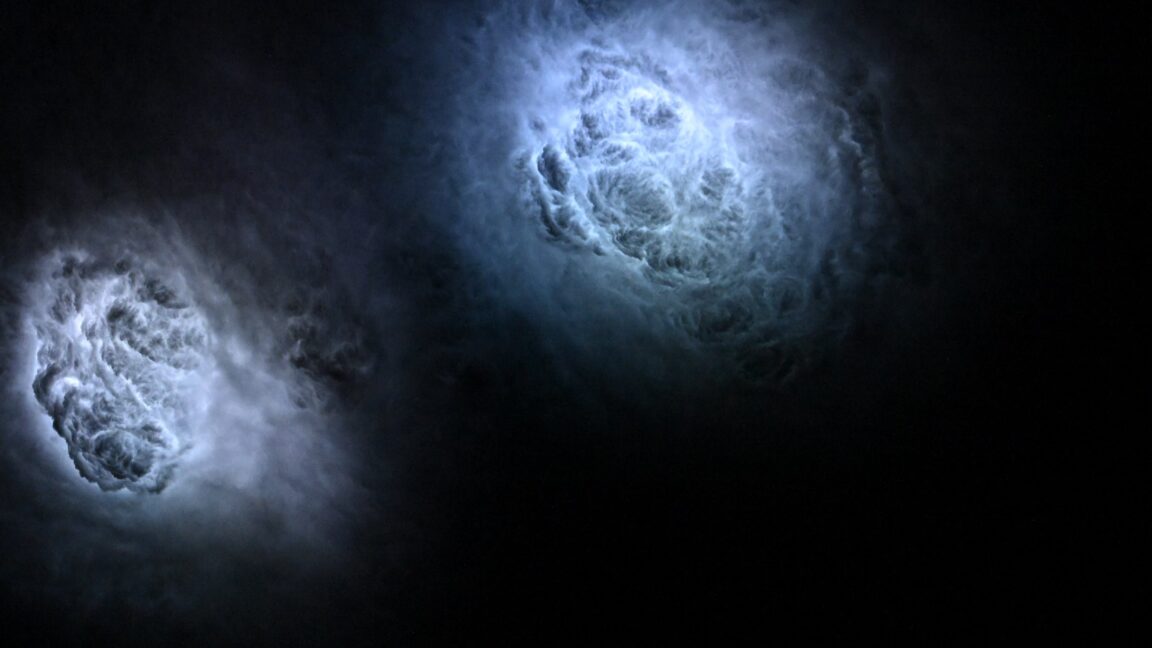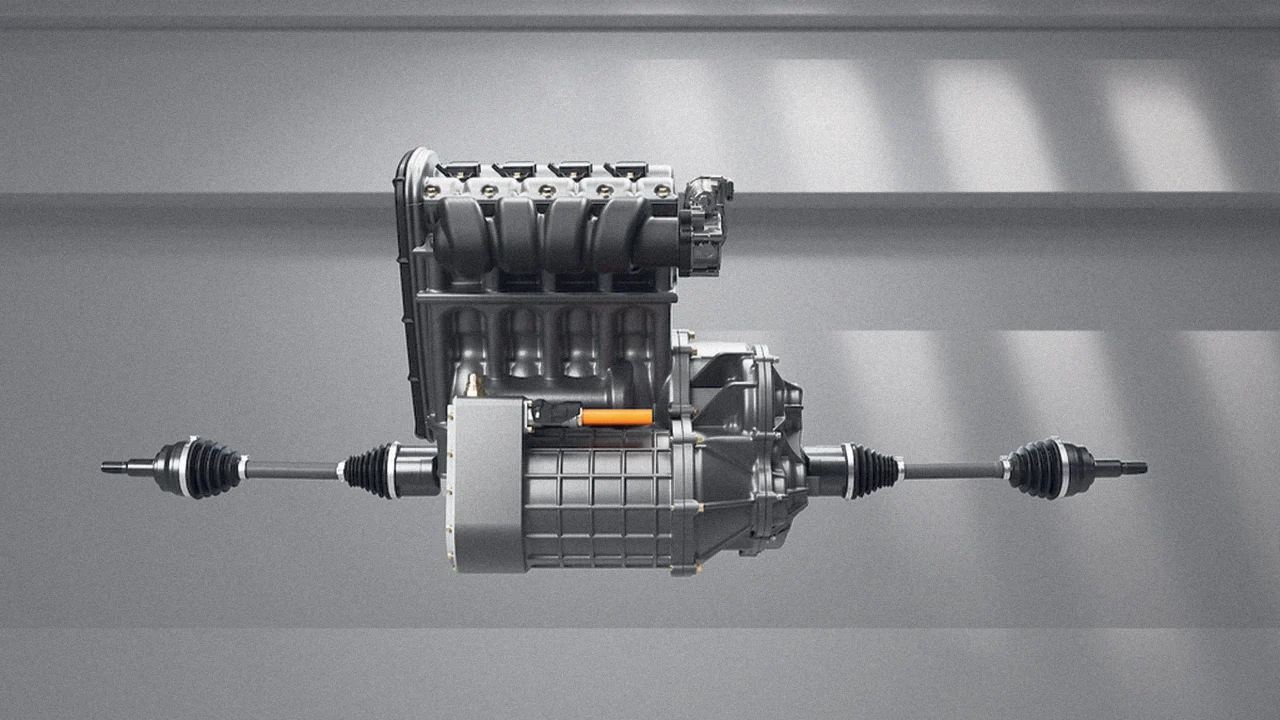Scientists just designed the perfect cacio e pepe recipe
Chances are, if you’re not an Italian grandma or a skilled home chef from Rome, you’ve probably messed up while trying to make cacio e pepe. At least, that’s the thesis underpinning the scientific study “Phase behavior of Cacio e Pepe sauce,” published on April 29 in the journal Physics of Fluids. The study—conducted by a group of scientists from the University of Barcelona, the Max Planck Institute for the Physics of Complex Systems in Germany, the University of Padova in Italy, and the Institute of Science and Technology Austria—is pretty much what its title suggests: a full-on scientific investigation into the most “optimized recipe” for the creamy, peppery pasta dish. “We’re Italians living abroad, and we often get together for dinner to enjoy traditional recipes from home,” says Ivan Di Terlizzi, the study’s lead author and a postdoctoral researcher at the Max Planck Institute. “Among the dishes we’ve cooked, cacio e pepe came up several times, and every time, we were struck by how hard it is to get the sauce right. That’s when we realized it might actually be an interesting physical system to study. And of course, there was also the very practical motivation of avoiding the heartbreak of wasting good pecorino!” A very brief history of pasta-based physics experiments This isn’t the first time that pasta has been used as inspiration for physicists. Probably the most famous example of “pasta as experiment,” Di Terlizzi says, is the observation that spaghetti almost never breaks cleanly in half, tending to snap into three or more fragments instead. This fact originally puzzled renowned physicist Richard Feynman (who died in 1988) and wasn’t fully explained until 2005, when a team of French physicists showed that it’s caused by cascading cracks traveling along the pasta. Another example, Di Terlizzi adds, is the physics of ring-shaped polymers, which are “notoriously hard to understand.” A study in 2014 used a type of circular pasta, which the researchers called “anelloni,” to explain why these looped polymers behave so strangely in experiments. With cacio e pepe, the physics question of interest has to do with the sauce’s unusual behavior under heat. “The main goal of our work wasn’t just culinary; it was to explore the physics of this system,” Di Terlizzi says. “The sauce’s behavior under heat shares features with many physical and biological phenomena, like phase transitions or the formation of membrane-less organelles inside cells. The recipe is, in a sense, the practical byproduct of everything we learned.” The most optimal cacio e pepe recipe, according to scientists Cacio e pepe traditionally only includes three ingredients: pasta, pecorino Romano cheese, and black pepper. While it seems like a simple enough concoction, the sauce’s creamy smoothness (the backbone of the dish) can be quite finicky to achieve. When the temperature gets too high or the mixing of cheese and pasta water isn’t done carefully, the cheese proteins will denature—essentially “unfolding” and losing their normal 3D structure. In the unfolded state, the proteins then stick together and the emulsion breaks. “Instead of a creamy consistency, you get a gooey mess, which we call salsa impazzita . . . that is, crazy sauce,” Di Terlizzi says. The physics-based solution to “crazy sauce”? It’s all about starch. It turns out that, by perfecting the ratio of starch in the pasta water to cheese mass, the cacio e pepe sauce becomes far more resistant to heat, which stabilizes the emulsion and prevents clumping. [Chart: AIP Publishing] “Without starch, the so-called “mozzarella phase” kicks in at around 65°C, where the proteins start forming large aggregates,” Di Terlizzi says. “But if the starch concentration is above 1% relative to the cheese mass, the clumps stay small, and temperature becomes much less critical, making it much easier to get a good result.” This is similar to using polymers to stabilize emulsions in soft matter physics, he adds. “Phase behavior of cacio e pepe sauce” contains ultra-detailed steps to a foolproof cacio e pepe, but here are the instructions in condensed terms: Step 1: For a pasta dish for “two hungry people,” start with 300 grams of the preferred tonnarelli pasta—or opt for spaghetti or rigatoni, if you must. From there, you’ll need 200 grams of cheese. “Traditionalists would insist on using only pecorino Romano DOP [protected designation of origin], but some argue that up to 30% parmigiano Reggiano DOP is acceptable; though this remains a point of debate,” the recipe notes. Proceed based on your own personally held cheese preferences. Step 2: To prepare the sauce, dissolve 5 grams of starch—like potato or corn starch—in 50 grams of water. Heat this mixture gently until it thickens and turns from cloudy to nearly clear. This is your starch gel. Step 3: Add 100 grams of water to the starch gel. Instead of manually grating the cheese into the resulting liquid
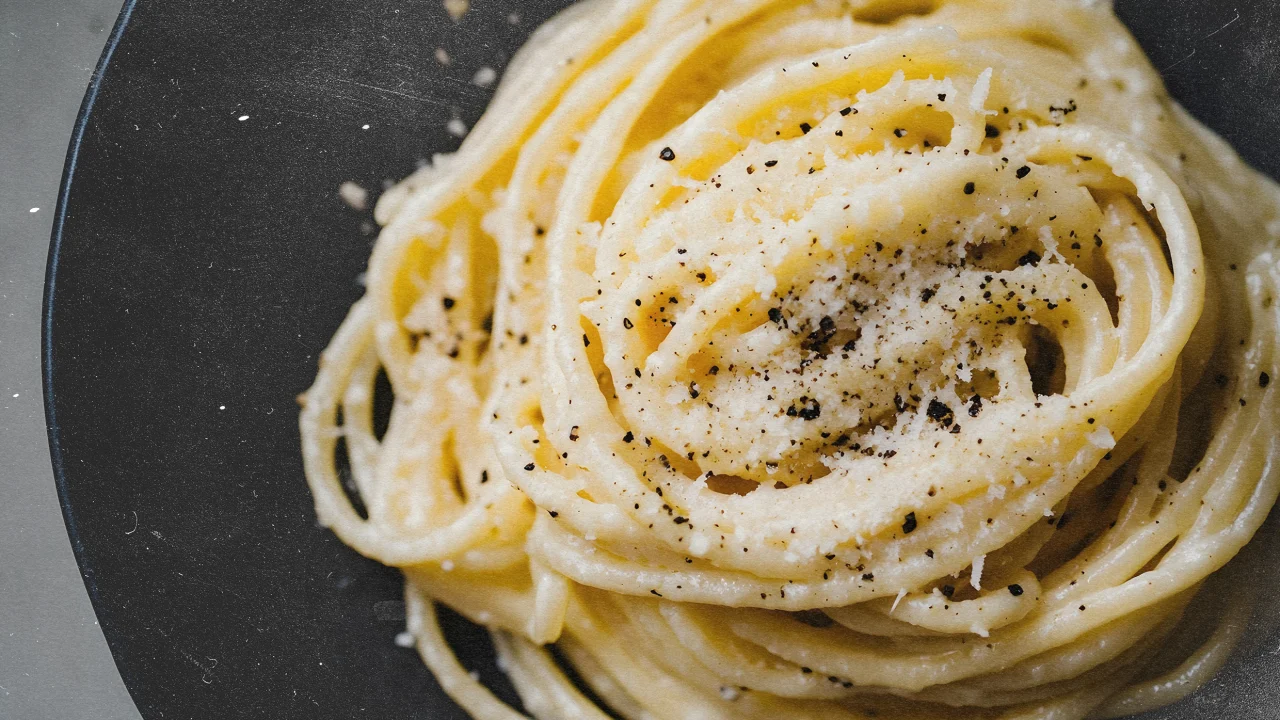
Chances are, if you’re not an Italian grandma or a skilled home chef from Rome, you’ve probably messed up while trying to make cacio e pepe. At least, that’s the thesis underpinning the scientific study “Phase behavior of Cacio e Pepe sauce,” published on April 29 in the journal Physics of Fluids.
The study—conducted by a group of scientists from the University of Barcelona, the Max Planck Institute for the Physics of Complex Systems in Germany, the University of Padova in Italy, and the Institute of Science and Technology Austria—is pretty much what its title suggests: a full-on scientific investigation into the most “optimized recipe” for the creamy, peppery pasta dish.
“We’re Italians living abroad, and we often get together for dinner to enjoy traditional recipes from home,” says Ivan Di Terlizzi, the study’s lead author and a postdoctoral researcher at the Max Planck Institute. “Among the dishes we’ve cooked, cacio e pepe came up several times, and every time, we were struck by how hard it is to get the sauce right. That’s when we realized it might actually be an interesting physical system to study. And of course, there was also the very practical motivation of avoiding the heartbreak of wasting good pecorino!”
A very brief history of pasta-based physics experiments
This isn’t the first time that pasta has been used as inspiration for physicists. Probably the most famous example of “pasta as experiment,” Di Terlizzi says, is the observation that spaghetti almost never breaks cleanly in half, tending to snap into three or more fragments instead. This fact originally puzzled renowned physicist Richard Feynman (who died in 1988) and wasn’t fully explained until 2005, when a team of French physicists showed that it’s caused by cascading cracks traveling along the pasta.
Another example, Di Terlizzi adds, is the physics of ring-shaped polymers, which are “notoriously hard to understand.” A study in 2014 used a type of circular pasta, which the researchers called “anelloni,” to explain why these looped polymers behave so strangely in experiments. With cacio e pepe, the physics question of interest has to do with the sauce’s unusual behavior under heat.
“The main goal of our work wasn’t just culinary; it was to explore the physics of this system,” Di Terlizzi says. “The sauce’s behavior under heat shares features with many physical and biological phenomena, like phase transitions or the formation of membrane-less organelles inside cells. The recipe is, in a sense, the practical byproduct of everything we learned.”
The most optimal cacio e pepe recipe, according to scientists
Cacio e pepe traditionally only includes three ingredients: pasta, pecorino Romano cheese, and black pepper. While it seems like a simple enough concoction, the sauce’s creamy smoothness (the backbone of the dish) can be quite finicky to achieve. When the temperature gets too high or the mixing of cheese and pasta water isn’t done carefully, the cheese proteins will denature—essentially “unfolding” and losing their normal 3D structure.
In the unfolded state, the proteins then stick together and the emulsion breaks. “Instead of a creamy consistency, you get a gooey mess, which we call salsa impazzita . . . that is, crazy sauce,” Di Terlizzi says. The physics-based solution to “crazy sauce”? It’s all about starch.
It turns out that, by perfecting the ratio of starch in the pasta water to cheese mass, the cacio e pepe sauce becomes far more resistant to heat, which stabilizes the emulsion and prevents clumping.

“Without starch, the so-called “mozzarella phase” kicks in at around 65°C, where the proteins start forming large aggregates,” Di Terlizzi says. “But if the starch concentration is above 1% relative to the cheese mass, the clumps stay small, and temperature becomes much less critical, making it much easier to get a good result.” This is similar to using polymers to stabilize emulsions in soft matter physics, he adds.
“Phase behavior of cacio e pepe sauce” contains ultra-detailed steps to a foolproof cacio e pepe, but here are the instructions in condensed terms:
Step 1: For a pasta dish for “two hungry people,” start with 300 grams of the preferred tonnarelli pasta—or opt for spaghetti or rigatoni, if you must. From there, you’ll need 200 grams of cheese. “Traditionalists would insist on using only pecorino Romano DOP [protected designation of origin], but some argue that up to 30% parmigiano Reggiano DOP is acceptable; though this remains a point of debate,” the recipe notes. Proceed based on your own personally held cheese preferences.
Step 2: To prepare the sauce, dissolve 5 grams of starch—like potato or corn starch—in 50 grams of water. Heat this mixture gently until it thickens and turns from cloudy to nearly clear. This is your starch gel.
Step 3: Add 100 grams of water to the starch gel. Instead of manually grating the cheese into the resulting liquid, blend the two together to achieve a homogeneous sauce. Finish the sauce by adding black pepper to taste (for best results, toast the pepper in a pan before adding).
Step 4: To prepare the pasta, cook in slightly salted water until it is al dente. Save some of the pasta cooking water before draining. Once the pasta has been drained, let it cool down for up to a minute to prevent the excessive heat from destabilizing the sauce. Finally, mix the pasta with the sauce, ensuring even coating, and adjust the consistency by gradually adding reserved pasta water as needed.
Step 5: Garnish with grated cheese and pepper, and serve.




















